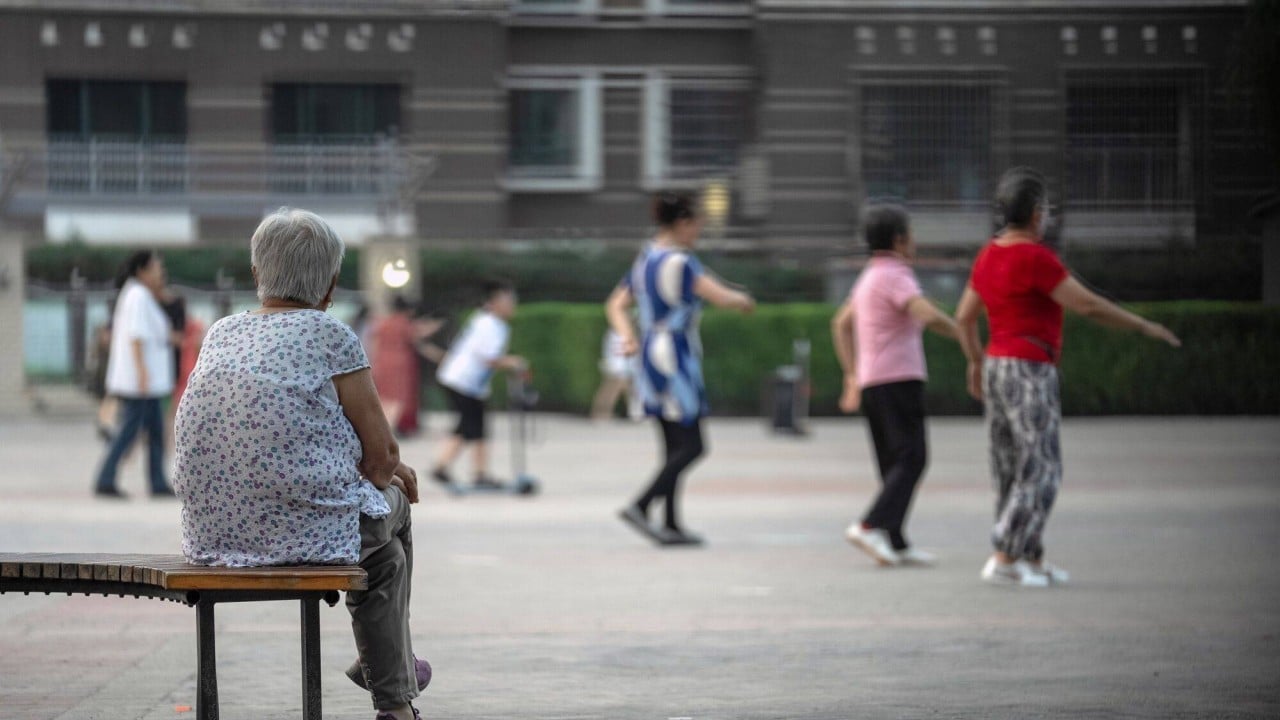A United Nations report estimating that China’s population of 1.4 billion could shrink to half its size by 2100 has fuelled discussion about the potential impact.
The report projects that China’s population could return to a size comparable to what it was in the late 1950s, as it may lose 786 million people in the next 70 years amid a declining birth rate. There is a 50 per cent chance of that happening, according to the latest edition of the UN’s World Population Prospects released earlier this month.
The projection has again ignited debate about whether China can maintain its global dominance and strong economic growth – the latter enabled by what is described as the country’s “demographic dividend”.
This dividend occurs when the proportion of the working population is high, and coupled with globalisation it has seen China become a global manufacturing powerhouse in the last two decades.
But gauging a country’s economic prowess just by looking at its population size is simplistic, and it may be misleading. In fact there has long been differing views over whether China’s large population has been a blessing or a curse.
For example, the leadership has for many years said that China is still a developing country because of its vast population and a low GDP per capita. They have also stressed that ensuring there is enough food and necessities for such a large population is an uphill task.
This reason has also been used to justify the controversial one-child policy from 1979 to 2015 that resulted in many forced and voluntary abortions.
But back in the 1950s, Mao Zedong actually encouraged large families so he could have the people needed to power his Great Leap Forward campaign.
The narrative about whether a large population is a blessing or a curse has changed again in recent years as China began facing a declining population.
What matters about this latest warning is the potential change to the demographic structure. It will mean a greying population due to the low birth rate, which Beijing has failed to boost despite bringing in a three-child policy and local governments offering incentives for people to have children.
China is facing a long period where there will be fewer people of working age and a higher proportion of older people, which will add pressure on welfare and the healthcare system.
According to the national census conducted in 2020, the age dependency ratio in China increased to 46.6 per cent in 2022. So for every 100 people of working age – defined as 15 to 64 – more than 46 elderly people and children were being supported.
The World Bank estimate is higher – it put the age dependency ratio in China at 54.7 per cent in 2022 and projects it will reach 61.5 per cent by 2035.
With a ratio so high, it will not just be a problem for the country’s productivity. Tackling the burden on the healthcare system will also be of utmost importance because China’s elderly population is already big in terms of the absolute number compared to other greying societies such as Japan.
But so far there is no clear picture for healthcare investment and reform.
Chinese experts have said the government has long planned to conduct a national survey on the health status of the elderly population, but it has been delayed for undisclosed reasons – one of which could be the cost.
If and when it does happen, an important part of the survey will be assessing the mental health of the elderly.
This information will be crucial for accurate policy planning, whether it is building facilities or training healthcare workers, or even technological research for devices that may help.
Such information will also help China to plan for how it can help the population to age more healthily – a far more useful discussion than just focusing on the numbers.


